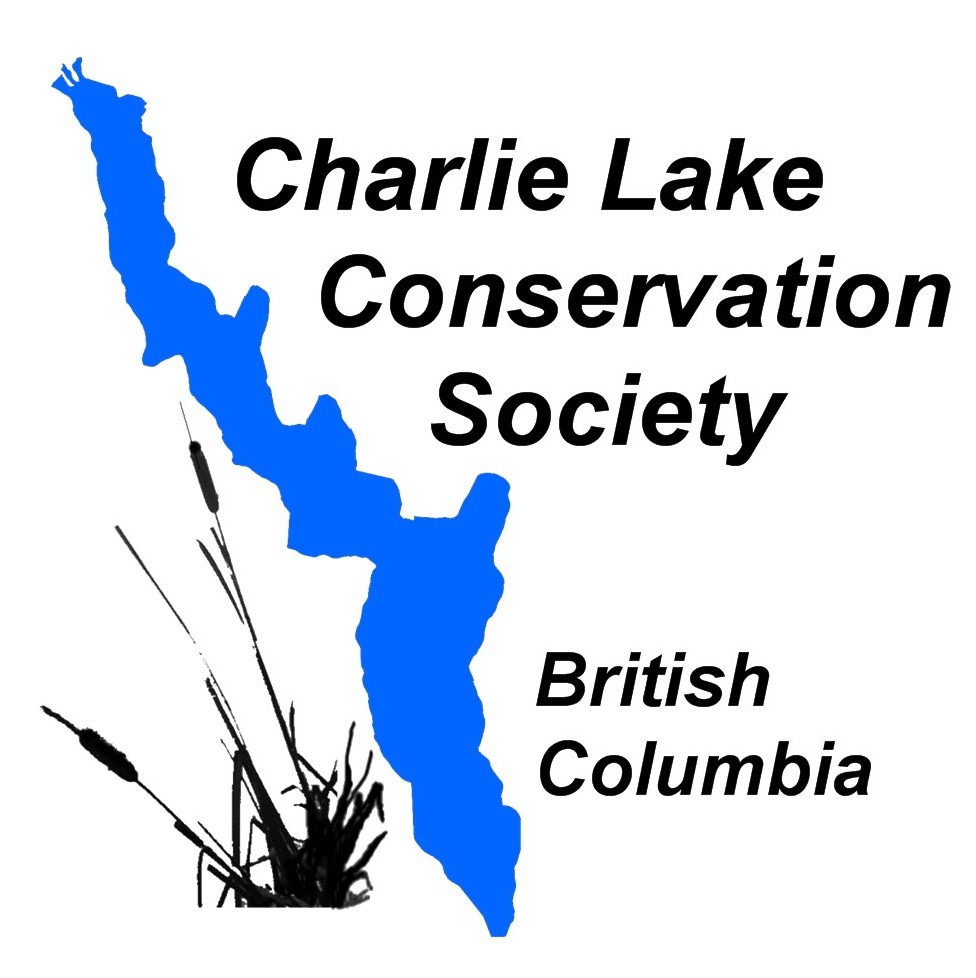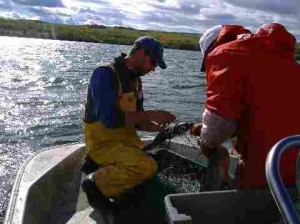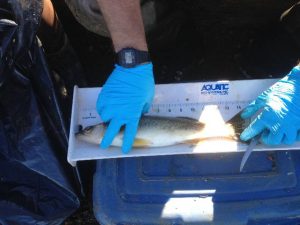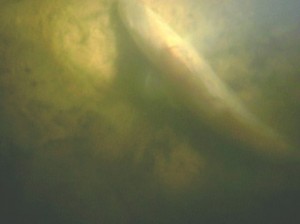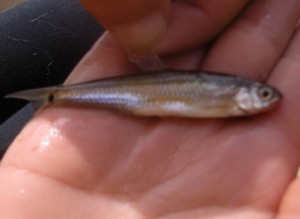Charlie Lake is a prime fishing location!
Photo Source: New York State Department of Environmental Conservation
|
Walleye (Stizostendion vitreum) |
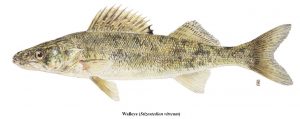 |
| Northern Pike
(Esox lucius) |
 |
| Yellow Perch
(Perca flavescens) |
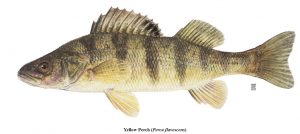 |
| Ling Cod/Burbot
(Lota lota) |
 |
| White Sucker
(Catostomus commersoni) |
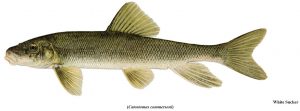 |
| Spottail Shiner
(Notropis hudsonius) |
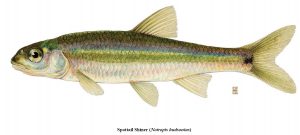 |
Fall Fish Survey
Members of the Society joined Ministry of Environment staff, Brendan Anderson and Nick Baccante in September 2007 in a net survey of walleye and other species in Charlie Lake. Gill nets were set for 24 hours in various locations around the lake. Information was collected on size, weight, gender, maturity and age of walleye captured. Northern Pike, White Suckers and Spottail shiners were also observed. This information will help the Ministry estimate walleye populations and general productivity. Follow-up surveys were conducted in 2009 and 2013.
Walleye Spawning Watch
Members of the Society joined Ministry of Environment biologist, Brendan Anderson in May 2006 to monitor walleye spawning activity in Charlie Lake. Shallow rocky shoreline was scanned with a high power light to spot the bright reflections off the eyes of the fish. Over 300 walleye were counted along with some pike and ling cod during the 3 hour moonlit cruise.
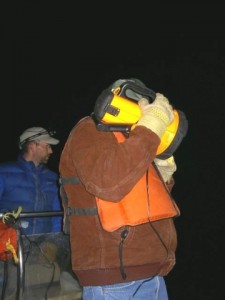
high intensity light for spotting fish
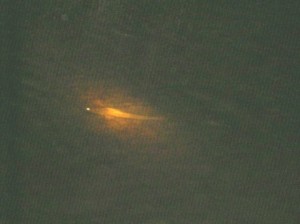
light reflected off walleye eyes
Fish Habitat Assessment
Charlie Lake is classified as a high use lake in terms of land development within the watershed and also its support of a large recreational sport fishery. Little investigation has been done into the state of the fishery during the last decade. In 2001 the Charlie Lake Conservation Society, in partnership with Adlard Environmental Ltd., received funds from the Fisheries Renewal British Columbia Salmonid Renewal Program to do fisheries research at Charlie Lake. In keeping with the program mandate of "protecting and enhancing watersheds and fish populations and their habitats in the Peace Liard Drainage", this project will collect valuable fish population and habitat information. The information collected will help with the development of future planning and management strategies for the Charlie Lake watershed.
Biologists assessed juvenile and adult fish populations in the lake. Beach seines and minnow traps were used to collect fish samples. Life history information from adult fish was collected through the use of a volunteer angler creel survey. An overview assessment of fish habitat and lakeshore land use practices was also conducted. In addition, water samples were taken from the lake to test for nutrient and algae content.
